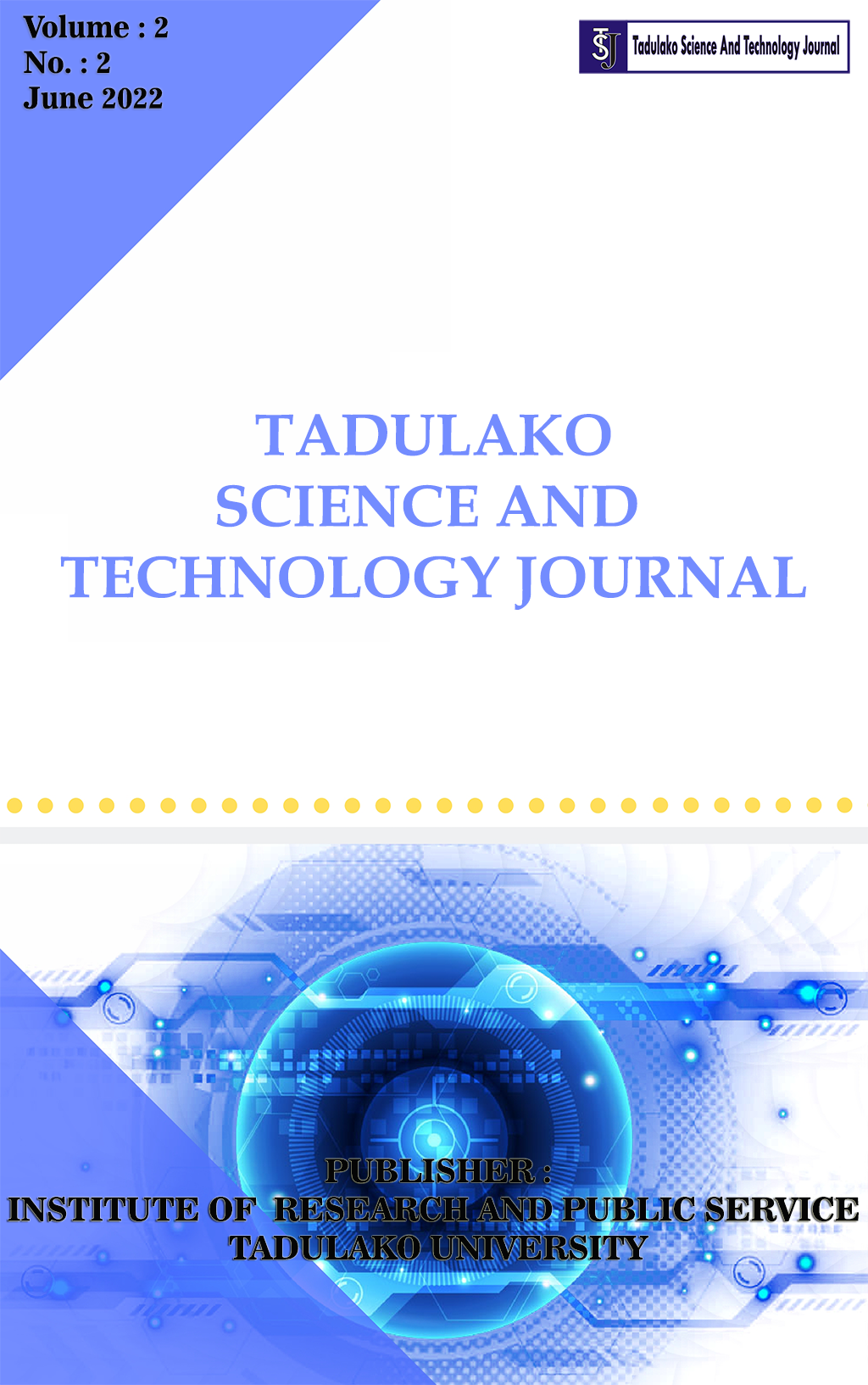Main Article Content
Abstract
Introduction: Aquifer layers have been identified in the oil palm plantation area of PT Unggul Widya Teknologi Lestari Pasangkayu Regency. This study aims to determine the lithology of subsurface rocks and the depth of the aquifer layer as a source of clean water in the study area. Method: This study uses the geoelectric method of type resistance with Wenner configuration, with the number of electrodes 24 rods and a spacing of 10 meters. 2D cross-sectional model using Res2Dinv software program. Results and Discussion: Based on the value of the type resistance of the subsurface constituent rock lithology at the research site is interpreted to consist of three layers, namely clay with a specific resistance value < 29.15 Ωm, sand and sandy clay with a specific resistance value of 29.15 Ωm to 72.89 Ωm, and conglomerate with a specific resistance value > 72.89 Ωm. The aquifer layer is interpreted with a specific resistance value of 29.15 Ωm to 72.89 Ωm. The aquifer layer is detected to spread from the northeast to the southwest of the research site with a depth of ±25-39 m. Conclusion: In the oil palm plantation of PT Unggul Widya Teknologi Lestari, the subsurface layer consists of clay (1.98 Ωm - 29.15 Ωm), sand and passive clay (29.15 Ωm - 72.89 Ωm), and conglomerate (72.89 Ωm - 1120.5 Ωm). Thin aquifers, with a thickness of 5-10 m and depth of 25-39 m, are detected in the sand and sandy clay layers.
